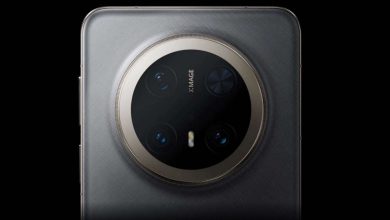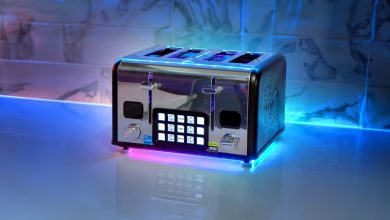Huawei Pura X Teardown Shows First Kirin CPU to Use Soldered RAM
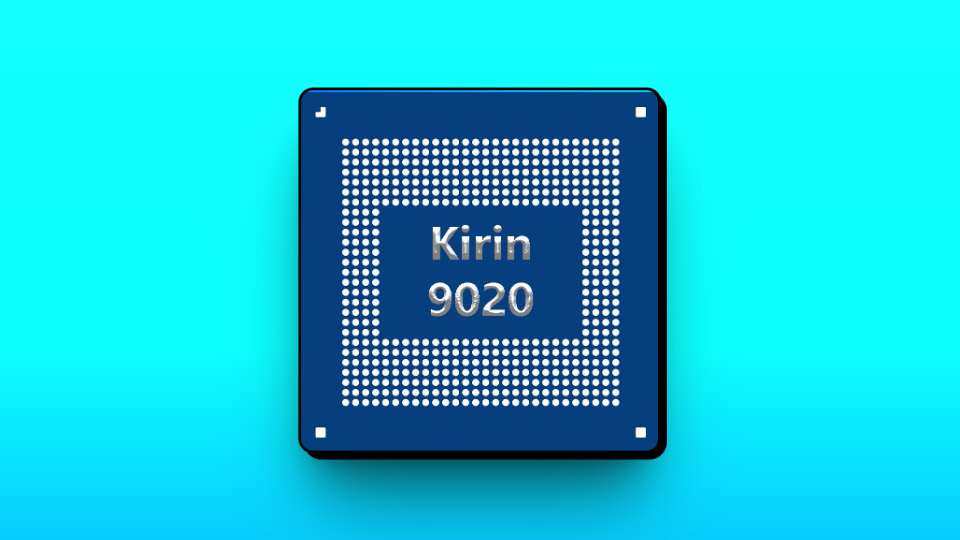
Huawei cut ties with Android for good with the launch of its sideways-flip Pura X earlier this month. After betting big on the foldable segment, first with the Mate XT and now the Pura X, the company is looking to stage a strong comeback on its home turf.
Kirin 9020 Uses a Similar Packaging to TSMC’s Fan-Out Design; Stacks the RAM on Top of the SoC
The Pura X uses HiSilicon Kirin 9020 (HiSilicon is wholly owned by Huawei), and while it’s fabricated on a 7nm process node, it uses integrated memory, the likes of which are yet to be seen on Snapdragon or MediaTek chips.
At the moment, Apple is the only other company to use integrated memory in its mobile devices. The company uses an InFO (Integrated Fan-Out) packaging technology for its A-series chips, which not only allows the SoC to improve its transmission efficiency between the chip and memory module but also saves space on the main board.

The Kirin 9020 appears to have been using a wafer integration system similar to Apple’s, packaging the chip on a single die with memory stacked above the CPU. As the overall thickness has decreased (as can be seen below), the DRAM is now positioned closer to the main chip.
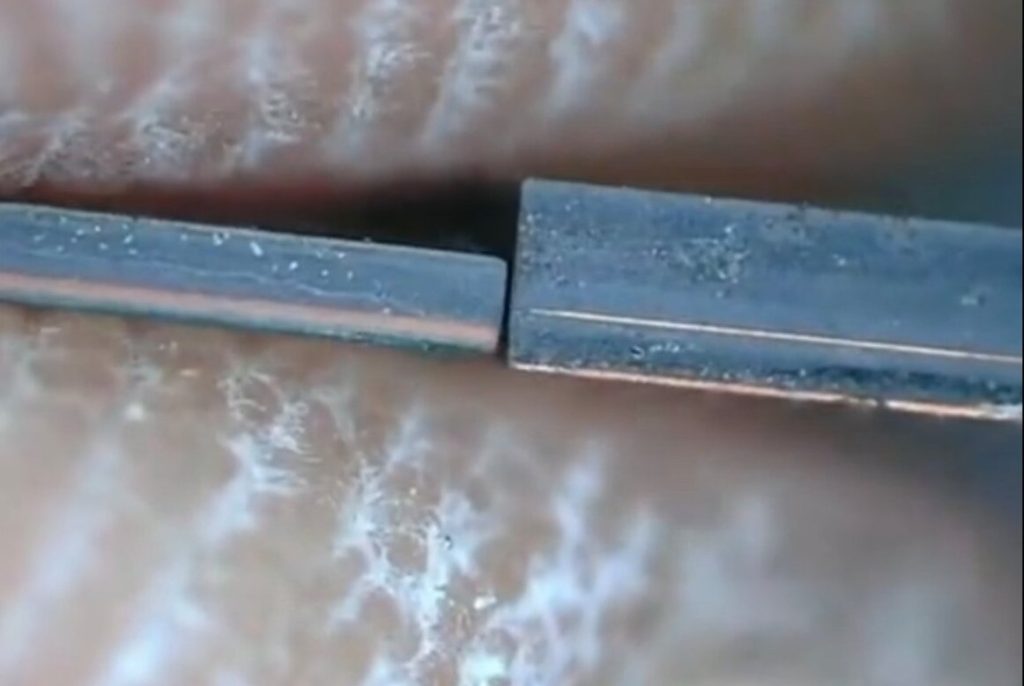
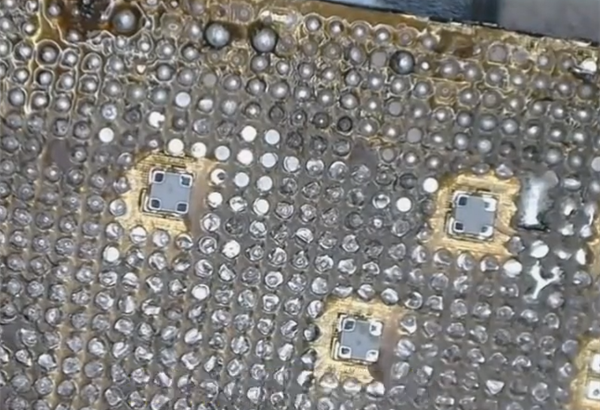
Huawei is the only company besides Apple using fan-out packaging, but a 2024 TrendForce report suggests TSMC could bring its ninth-generation InFO technology to Google’s Tensor G5 this year. That would make sense, given that Google has framed the G5 as a major step forward in addressing its performance issues in the past.
For Huawei in particular, the 2019 U.S. sanctions were probably its biggest driver to innovate. The six difficult years that followed ultimately led to the creation of a third mobile operating system in HarmonyOS. Had these sanctions not been imposed, Huawei would probably have remained heavily reliant on TSMC for chip supply, forever the “eternal second.”
This is all we know for now, but rest assured that we will keep you updated as new information becomes available.


